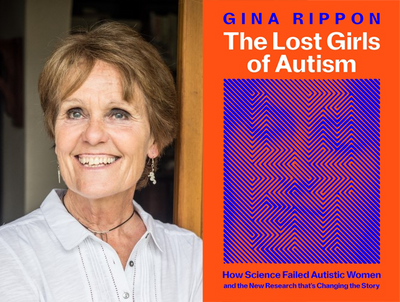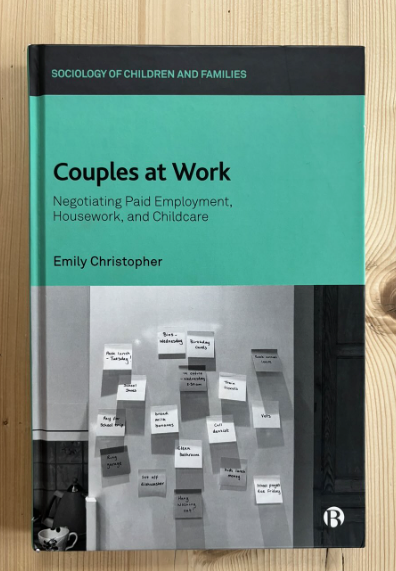- Experts from the Centre for Personal Financial Wellbeing will examine the daily financial struggles of low to moderate income UK households
- The Real Accounts project will capture day-to-day financial fluctuations, understanding household money management strategies
- It is hoped the results will help inform policy and market innovation and debate.
New research by the Centre for Personal Financial Wellbeing at Aston University will shine a light on the real day-to-day experience of financial uncertainty among UK households and help inform policy and market innovation and debate.
The Real Accounts project will build an in-depth understanding of the lived experience of financial uncertainty among low to moderate income households across the country.
Believed to be the first of its kind in the UK and in contrast with the snapshot data achieved by annual surveys, this long-term study will provide a fully joined-up view of household finances, capturing the day-to-day, week-to-week ups and downs, working with households to understand the situations they face and the strategies they use to manage their money.
The project will be a collaboration with Nest Insight and the Yunus Centre for Social Business and Health at Glasgow Caledonian University.
Experts will use a research data collection app that has been custom designed by Moneyhub to capture real-time income and expenditure transaction data over six months for a sample of around 50 low to moderate income households, combined with monthly interviewing.
Professor Andy Lymer, director of the Centre for Personal Financial Wellbeing at Aston University, said:
“We are really pleased to be part of this innovative project, directly focusing on real experiences of managing financial volatility and the impact that has on broader aspects of wellbeing.
Too little is currently known about the scope and scale of income and expense volatility experienced by UK households.
This research is really timely given people are currently facing the very significant impact of the cost-of-living crisis and often enormous uncertainty about both their incomes and their expenditures.
The outcomes of this work will generate deeper understanding of what it means to experience financial challenges in reality and over sustained periods of time. It will contribute to finding better ways to help people in their everyday lives and is a perfect fit for the focus of our Centre that seeks to deepen our understanding of what matters in creating personal financial wellbeing.”
Sope Otulana, head of research at Nest Insight, said:
“As the rising cost of living continues to impact households across the country, and levels of household debt climb, this research is more crucial than ever.
The project aims to shine a light on exactly what it is like for households today managing volatile income and expenditure, sharing their first-hand stories.
While large income and expenditure datasets track individuals and their behaviour out in the world, this research puts individuals back into the contexts where their financial lives play out, focussing on the overall household – partners, parents, siblings, friends and other social connections.
It will look beyond the balance sheet to also analyse social, environmental, and health factors, as well as other dynamics that can come into play and affect household finances. The research will identify trends but also capture the variation within households, recognising that there is no ‘average’ household circumstance or experience.”
Alex Christopoulos, Aviva Foundation lead and senior strategic adviser and consultant, said:
“Millions in the UK are struggling and worried about money. The Real Accounts research provides us with an opportunity to understand how these households are managing to get by day-to-day; the choices they make, the strategies they take and the knock-on effects this has on other areas of their life.
In uncertain times, we need to better understand how people deal with fluctuations in their incomings and outgoings – and what kinds of financial support and services might enable them to build a buffer, and a plan, to deal with today’s pressures, as well as what tomorrow may bring.
The Aviva Foundation is proud to be supporting Nest Insight and its partners to deliver to the Real Accounts research.”
Samantha Seaton, CEO of Moneyhub, said:
“It is only when we have in-depth and holistic data on a person's or household’s finances that we can truly know and begin to understand the impact of the rising cost of living. This can only be successfully achieved by bringing all of an individual's or household’s financial data together in one place, from every-day spending to long-term projects such as buying a property and saving for retirement.
At Moneyhub, we’re absolutely delighted to be providing our cutting-edge technology to enable Nest Insight and its partners to collect and analyse this crucial data. We know from our own users the pressure that the current economic situation is placing on them, with many unable to save resorting to borrowing to get by each month.
Having thorough data and insight will enable any solution to be highly personalised in its approach and have a much more positive impact on those that require it most. Ultimately the more real-time financial data points, the more informed the decisions can be. It has always been our purpose at Moneyhub to improve financial wellness, and this project is just one example of how we’re using Open Finance to do exactly that.”
You can find out more about the project here.





